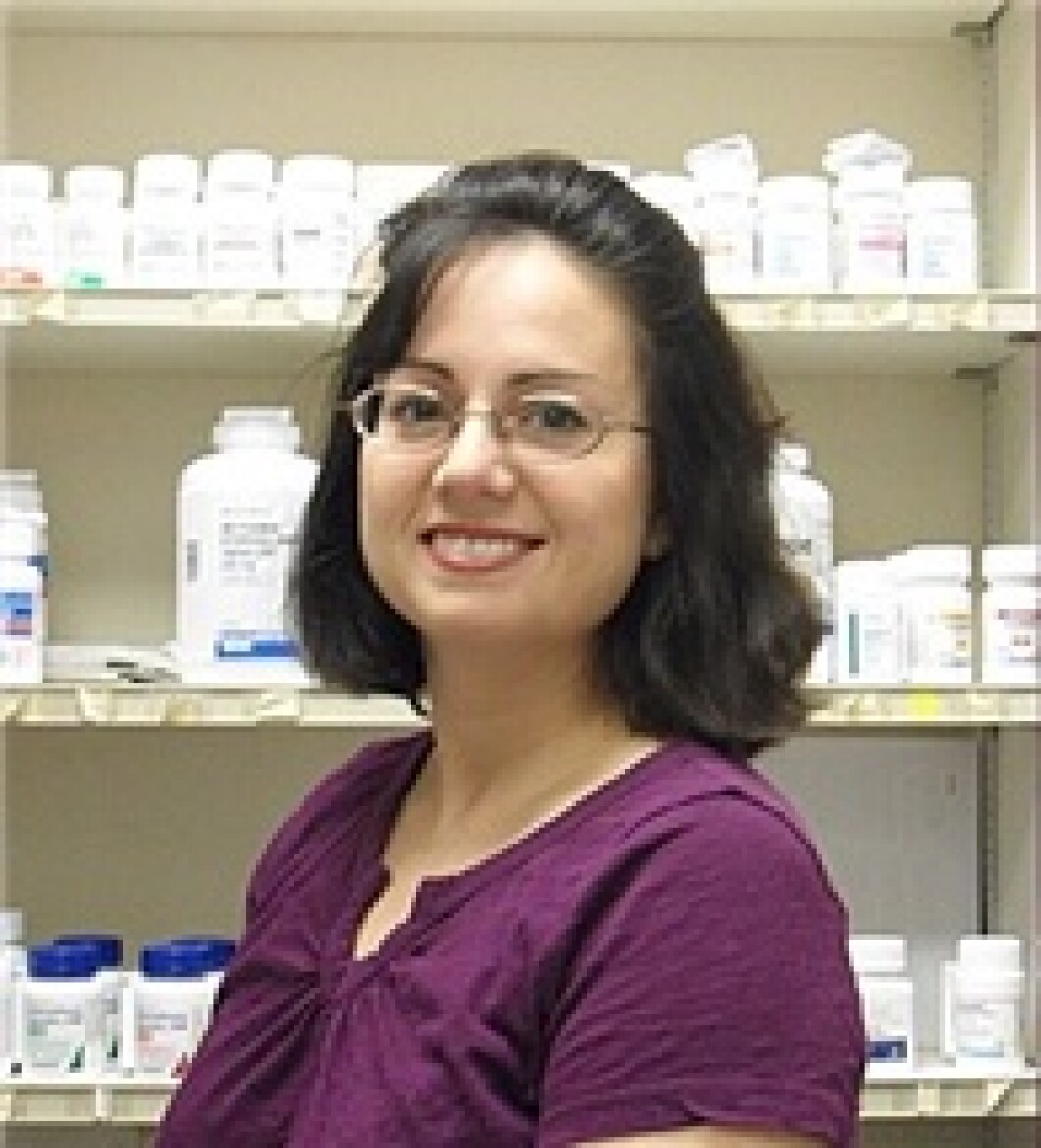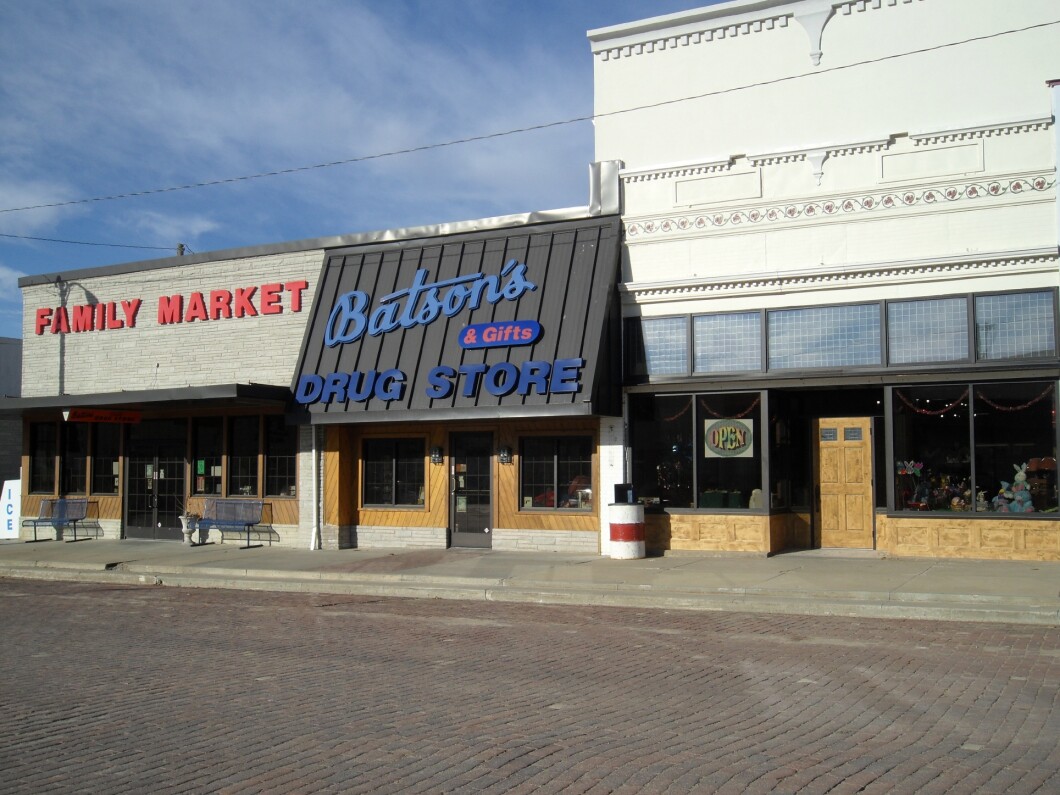
Millions of people in America are receiving healthcare that rivals Third World standards. Vast regions of the country have seen medical services evaporate over the past decade. Hospitals have closed, doctors have left, and pharmacies have been forced into bankruptcy. In this series, Dried Up: America’s Medical Deserts, the Washington Examiner will investigate what happened to these now-barren terrains. Without adequate access to a hospital, a primary care center, an OB-GYN, or other specialized medical services, the health of an estimated 30 million people is put in jeopardy.
When Julie Perkins bought Batson’s Drug Store in 1995, business was booming.
“Back then, pharmacy was an easy way to make money,” she told the Washington Examiner. “It was easy to stay in business. I didn’t have to stay awake at night figuring out how I was going to make payroll each week. It was easy before there were pharmacy benefit managers in the middle. You could make a decent living.”
Now, it’s not so easy.
Batson’s is the last pharmacy standing in Elk County, Kansas, a rural area with a population hovering around the 2,500 mark. The county has no hospital and only a couple of primary care doctors. Most of Perkins’s customers are retired or nearing it and rely on Medicare. The nearest big-chain pharmacies, Walmart and Walgreens, are 45 miles away.
‘MEDICAL DESERTS’ STRAND MILLIONS WITHOUT ACCESS TO LIVE-SAVING HEALTHCARE

Perkins is doing everything she can to keep Baston’s running, but some months that means barely breaking even.
Competition from larger chains and the pressure from pharmaceutical middlemen, who can impose high fees and decide how much money she makes per prescription, are what keep Perkins awake at night.
“It’s extremely frustrating because I have owned [Batson’s] since 1995, but this pharmacy has been in this county since the 1950s, and for me, to be the last one remaining to provide services for the whole county and for [pharmaceutical middlemen] not to really care whether they are paying me enough to stay in business is just crazy,” she said.
Local pharmacies like Batson’s, once a staple in rural towns, have been steadily disappearing from the landscape, leaving an estimated 41 million people in the United States stranded in areas known as “pharmacy deserts,” where the nearest place to fill a prescription is more than a mile away. The term also applies when the nearest pharmacy is a half-mile away and where at least 100 households have no vehicle or public transportation access.
Elk County also has the distinction of not only being a pharmacy desert but also a food desert, a geographic area where residents have limited access to affordable and healthy foods. Perkins and her husband bought the grocery store next door to Batson’s to diversify revenue and stabilize the pharmacy.
“In 2008, when our last grocery store in town went out of business, I put in for it because I knew my business would be next if we didn’t have a grocery store here in town,” she said, adding that she’s doing everything she can to stay afloat.

The financial strain on independent pharmacies began two decades ago when Medicare started its Part D program using private insurance plans, which meant that the majority of their customers went from paying cash for list prices to using insurance coverage that paid lower prices. Then came the fees from the middlemen that bridge pharmacies and insurance companies called PBMs, short for pharmaceutical benefit managers. Typically, when a customer gets a prescription through insurance or Medicare, the PBM is supposed to reimburse the pharmacy for the drug cost as well as overhead. Recently, PBMs have started to decrease the amount they reimburse when pharmacies don’t meet certain sales goals.
“I am stuck at their mercy,” Perkins said. “There is nothing I can do to make more money.”
MEDICAL DESERTS: WHAT THEY ARE, WHERE THEY ARE, AND WHO THEY AFFECT
The PBMs, which are largely unregulated, have been accused of charging excessive fees when markers aren’t met that have pushed independent pharmacies out of business, though they deny these claims.
Several pharmacy owners the Washington Examiner spoke to in Arizona, Virginia, Georgia, and Kansas were hesitant to go on the record out of fear of retribution and audits.
“We’ve been kneecapped,” one pharmacist in Georgia said. “This isn’t sustainable. I have to walk a tightrope every month and pray I have enough money to keep going.”
From 2003 to 2018, 1,231 of the nation’s 7,624 independent rural pharmacies closed, according to a study by the University of Iowa’s Rural Policy Research Institute, leaving 630 communities without nearby access to an independent pharmacy or chain drugstore.

A 2021 GoodRx study revealed South Dakota, Montana, and Nebraska have the largest counties in the nation that lacked access to pharmacies where residents had to drive more than 15 minutes to get their medicine. The percentage of residents living below the poverty line, those without health insurance, lack of home ownership, and crime rates also play a part in pharmacy deserts.
Decreased access to pharmacies negatively affects access to medications and care and can add to existing health disparities, the study found.
But it is not just rural counties that have seen their access to pharmacies dry up.
CLICK HERE FOR MORE FROM THE WASHINGTON EXAMINER
Some of the biggest disparities exist in large cities such as Albuquerque, New Mexico; Baltimore, Boston, Chicago, Los Angeles, Milwaukee, and Philadelphia. One in 3 neighborhoods in those cities are in pharmacy deserts.
In Chicago, there are far fewer pharmacies operating on the city’s South and West sides than in other parts, Dima Qato, a professor at the University of Southern California, found.
“Chicago actually has the widest gaps between white and black neighborhoods in the country,” she told the Chicago Sun-Times.
A separate analysis by WBEZ showed that access to the two largest pharmacy chains in the city, Walgreens and CVS, is much higher in Chicago’s white communities than in its black or Latino ones. It also found that closures were exacerbated by the civil unrest of 2020, when 1 out of 5 pharmacies closed temporarily or permanently.





